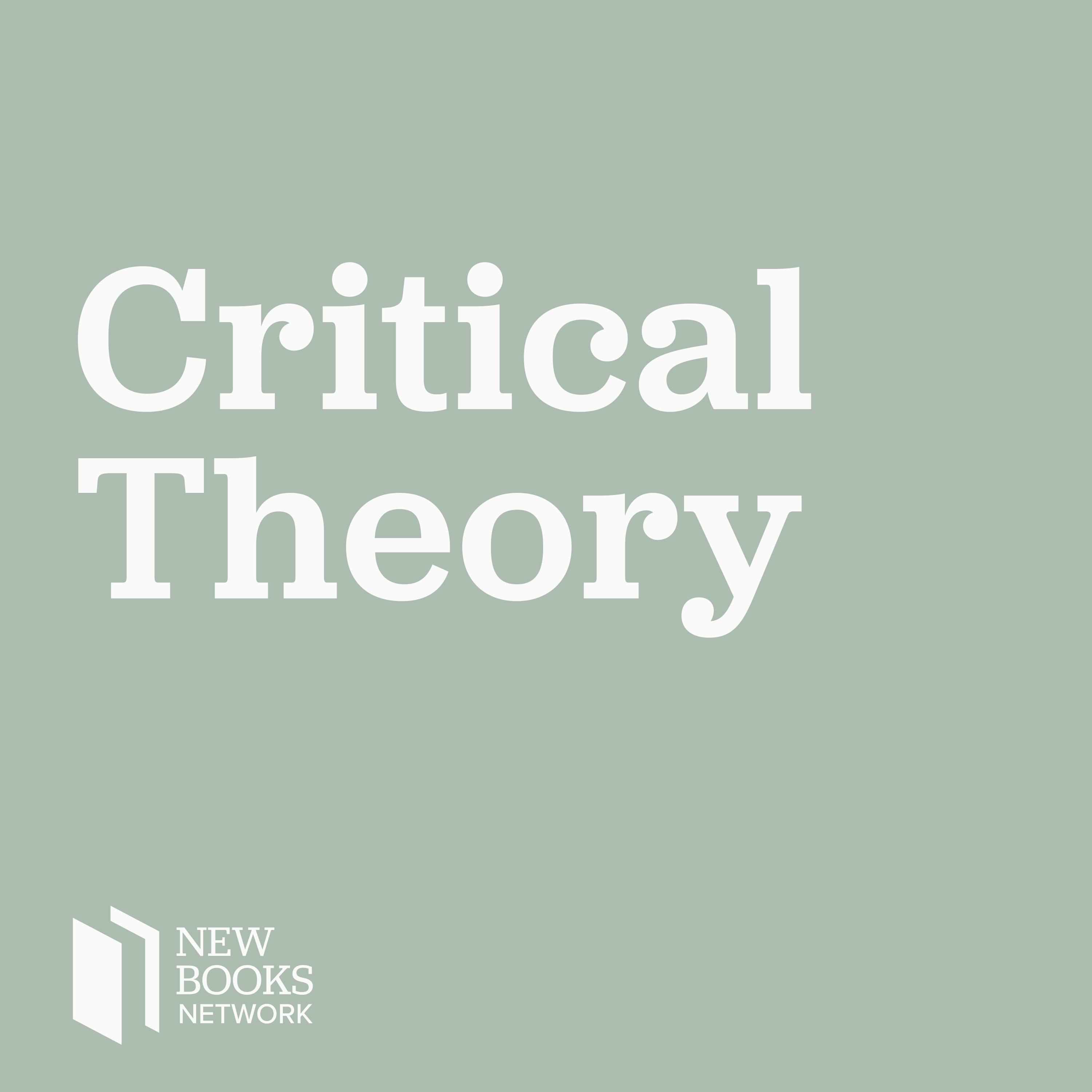
Jennifer C. Nash, "How We Write Now: Living with Black Feminist Theory" (Duke UP, 2024)

New Books in Critical Theory
Deep Dive
What is the central focus of Jennifer C. Nash's book 'How We Write Now: Living with Black Feminist Theory'?
The book examines how contemporary Black feminist writers use beautiful writing to stay close to and live with Black loss, exploring how loss is both paradigmatic of Black life and an aesthetic question. It highlights how Black feminist prose becomes a mode of living, feeling, and dreaming, offering readers companionship in navigating their own lives with loss.
How does Jennifer C. Nash define 'beautiful writing' in the context of Black feminist theory?
Nash defines beautiful writing as prose that cultivates intimacy between the author and reader, focusing on detail, intricacy, and the ordinary. It is literary, poetic, and seeks to move the reader, often whispering in their ear and withholding nothing. This writing style shifts from the social science orientation of earlier Black feminism to a more literary and affective voice.
Why do contemporary Black feminists use beautiful writing, according to Nash?
Contemporary Black feminists use beautiful writing to record loss in an intimate way, moving away from earlier strategies focused on quantifiability and data. This intimate voice emerged during the Black Lives Matter movement as a way to capture how loss undoes and reassembles Black life. It has also been celebrated by the market, though this commodification raises ethical concerns.
What role does Black maternal subjectivity play in Black feminist writing about loss?
Black maternal subjectivity is central to how Black feminists think about loss, often framing it through the lens of motherhood. Writers like Christina Sharpe and Elizabeth Alexander explore loss through their relationships with their mothers or their roles as mothers. This focus extends to broader metaphors of losing motherlands, mother tongues, and other fundamental aspects of identity.
How does Natasha Trethewey navigate the ethics of archives in her memoir 'Memorial Drive'?
Trethewey navigates multiple imperfect archives, including official police records and personal memories, to piece together the story of her mother's murder. She grapples with the clinical nature of official records and the imperfections of memory, seeking to honor her mother's life by moving between these archives and assembling a narrative that feels true to her loss.
What is the significance of the epistolary form in Black feminist writing during the Black Lives Matter movement?
The epistolary form, used by writers like Ta-Nehisi Coates and Imani Perry, creates intimacy by addressing letters to specific individuals, allowing readers to eavesdrop on private conversations. This form makes discussions of anti-Blackness and anticipated grief feel more personal and provocative, positioning readers as witnesses to intimate exchanges about loss and violence.
How does Saidiya Hartman's 'Wayward Lives, Beautiful Experiments' use visual elements to engage with loss?
Hartman's book includes uncaptioned images of Black women and girls, creating a visual album that invites readers to forge connections with the past. The lack of captions allows readers to project their own stories onto the images, fostering a sense of intimacy and claiming historical figures as their own. This visual-discursive approach makes the past tangible and emotionally resonant.
What does Jennifer C. Nash suggest about the Black paternal in Black feminist theory?
Nash highlights the absence of the Black paternal in Black feminist archives and calls for tools to think about this figure, particularly in terms of tenderness. She contrasts the extensive theorization of Black motherhood with the lack of attention to Black fatherhood, suggesting that tenderness could be a way to explore the Black paternal beyond traditional narratives of absence or patriarchy.
What does Nash hope readers will take away from 'How We Write Now'?
Nash hopes readers will pay renewed attention to the Black ordinary, think critically about the theorization of loss in Black feminist work, and engage with the commodification of Black feminist grief. She also emphasizes how loss can forge unexpected communities and connections, offering comfort and shared experiences to those navigating similar losses.
- Black feminist writers use beautiful, intimate writing to stay close to loss.
- This writing style creates proximity between author and reader.
- Black Lives Matter significantly impacted the expression of loss in Black feminist writing.
- Intimate voice became a dominant form of expressing loss in Black feminist writing.
Shownotes Transcript
In How We Write Now: Living with Black Feminist Theory)* *(Duke UP, 2024), Jennifer C. Nash examines how Black feminists use beautiful writing to allow writers and readers to stay close to the field’s central object and preoccupation: loss. She demonstrates how contemporary Black feminist writers and theorists such as Jesmyn Ward, Elizabeth Alexander, Christina Sharpe, and Natasha Trethewey mobilize their prose to ask readers to feel, undo, and reassemble themselves. These intimate invitations are more than a set of tools for decoding the social world; Black feminist prose becomes a mode of living and feeling, dreaming and being, and a distinctly affective project that treats loss as not only paradigmatic of Black life but also an aesthetic question. Through her own beautiful writing, Nash shows how Black feminism offers itself as a companion to readers to chart their own lives with and in loss, from devastating personal losses to organizing around the movement for Black lives. Charting her own losses, Nash reminds us that even as Black feminist writers get as close to loss as possible, it remains a slippery object that troubles memory and eludes capture.
Learn more about your ad choices. Visit megaphone.fm/adchoices)
Support our show by becoming a premium member! https://newbooksnetwork.supportingcast.fm/critical-theory)